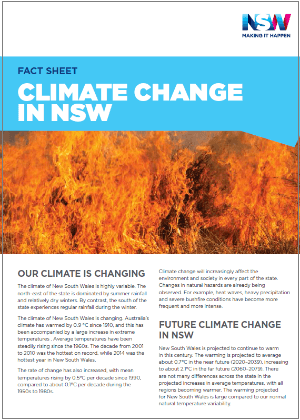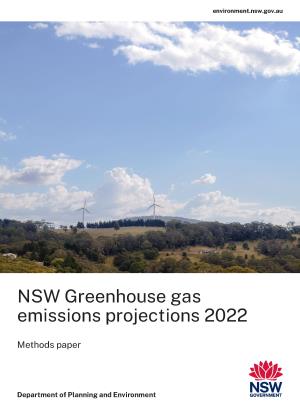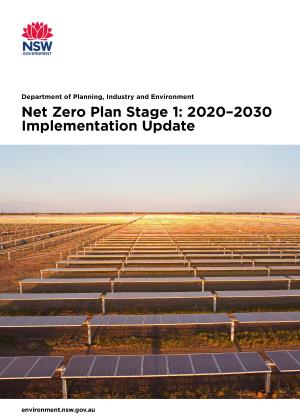The climate of New South Wales is changing. Australia’s climate has warmed by 0.9 °C since 1910, and this has been accompanied by a large increase in extreme temperatures . Average temperatures have been steadily rising since the 1960s. The decade from 2001 to 2010 was the hottest on record, while 2014 was the hottest year in New South Wales.
The rate of change has also increased, with mean temperatures rising by 0.5°C per decade since 1990, compared to about 0.1°C per decade during the 1950s to 1980s.
Climate change will increasingly affect the environment and society in every part of the state. Changes in natural hazards are already being observed. For example, heat waves, heavy precipitation and severe bushfire conditions have become more frequent and more intense.











